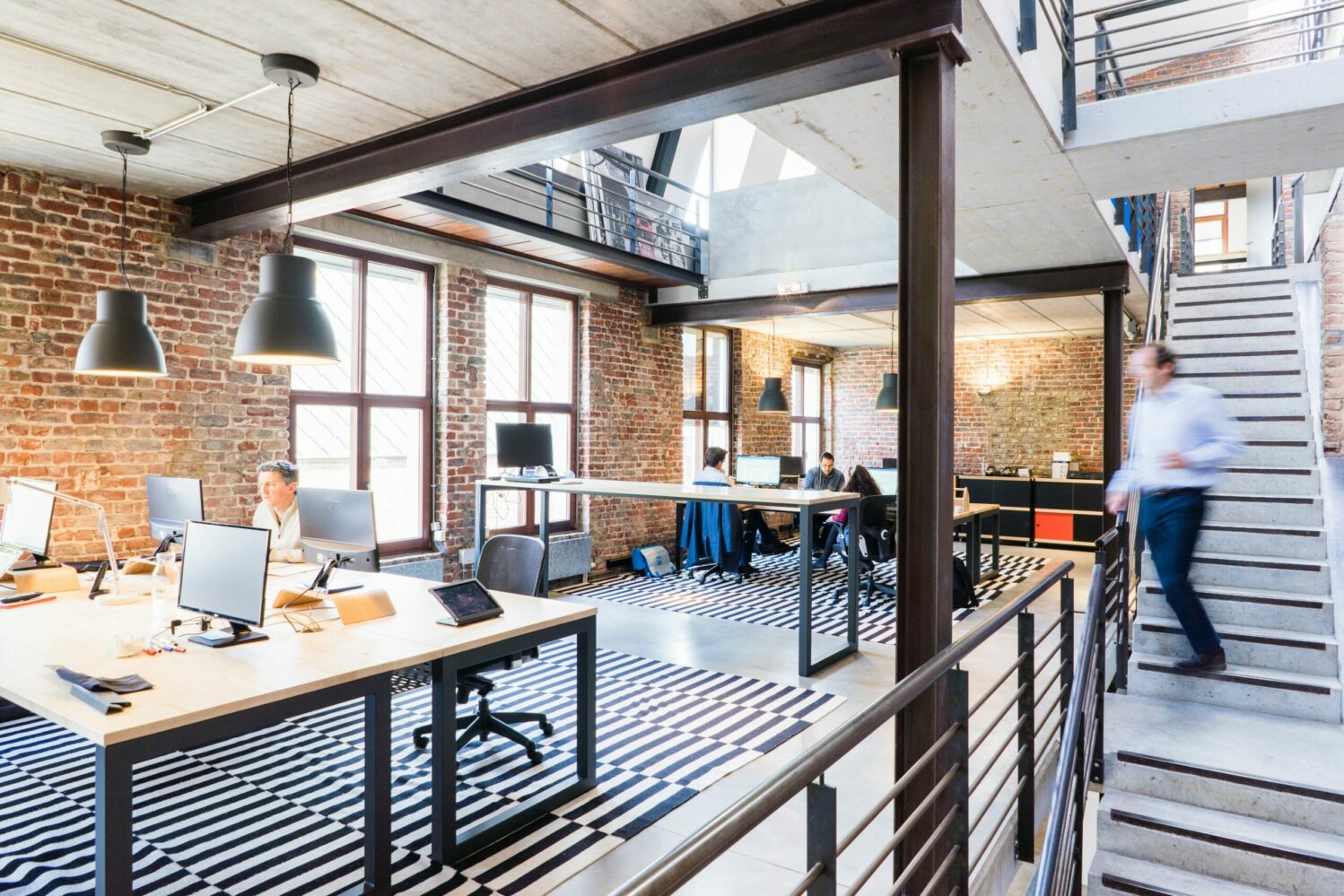Hazel Bedson, Marketing & Operations Director, Service Works Global, discusses with Energy Manager Magazine how smart building technology can support wellness in the workplace. Read the full article here.
Workplace wellbeing is a phrase that has been dominating the world of work. As businesses continue trying to encourage their teams back to the office, it has become increasingly clear that more needs to be done to make it worth their while. If employees feel that they have a more comfortable working environment at home, they will resist returning to the office. One way that businesses can create better wellbeing outcomes for their employees is by integrating smart building technology into the office.
Making the office comfortable
People want to feel comfortable at work, and the physical environment they’re in has a huge impact on this. The temperature we work in is extremely important for productivity and focus. The UK government recommends a minimum of 16 degrees Celsius for indoor working and estimated optimum temperatures for office work sit at 22 degrees Celsius, with the maximum before there are issues with focus reaching 28 degrees Celsius.
A study by the Lawrence Berkeley National Laboratory demonstrated that our concentration and productivity decreases when we overheat, as the body is putting more energy into trying to cool down rather than focusing on a task.
By integrating sensor technology into your building, you can closely monitor the temperature across your building to ensure rooms that are in use are consistently kept at the optimum temperature. By integrating an IoT system, temperature can be controlled automatically if the sensors detect a rise or fall of temperature beyond the optimum levels. In maintaining the right temperature, employees will be physically comfortable in the space, and the energy usage to maintain such temperatures can be monitored.
Making the office accessible
When you combine sensors with space management software, you can create scenarios to plan the most efficient use of office space. For businesses that are looking to reduce or reconfigure their office space because occupancy levels are low, or due to peaks and troughs in terms of office usage throughout the typical week, post-pandemic, space management software is essential. It can be used by employees to book meeting rooms or even specific desk spaces for them to use on any given day. Introducing a system like this helps to reduce employee anxieties around not having a place to sit if they don’t have an assigned desk, making the office experience more desirable.
The ability to book meeting or breakout rooms which offer auditory privacy also is important for workers. It ensures that when they are in the office, staff can still take confidential Teams or Zoom calls, without feeling compromised in terms of the conversations they would otherwise have to hold in open plan office space. Space and booking management software helps employees to reserve the most appropriate workspace they need to perform their job and not risk customer confidentiality.
Space management software can also work well with sensor systems. When a meeting room is booked through space management software, the IoT system can plan to turn on the lights and heating in the room, so the space is ready for use. It provides a comfortable working environment for employees and reduces energy usage by only providing energy to rooms that are in use.
Making the office safe
Sensor technology in a smart building can also help to make a building safe. It was recently reported that the air quality inside a building can be as detrimental to health as outdoor air pollution. Smart building sensor technology can identify the Co2 and humidity levels in your building and help you to identify if action is needed to improve the air quality in your space.
Poor indoor air quality can cause headaches and irritation to the eyes and throat, as well as potentially serious health concerns. Ensuring your office is not only a comfortable and accessible place to be, but also a safe one, should be the number one priority when it comes to creating an effective workplace wellbeing programme.
Talent Attraction and Retention
Workplace wellbeing is, as expected, an increasingly important consideration for employees. Evidencing your strategy to make the office a productive place to be by using smart building technology is a great way to demonstrate to current and future employees that you truly do look after your employees and consider their needs.
Younger generations of the workforce want to see evidence that your business cares about the environment beyond the four walls of your office. 60% of Gen-Z reported that they would avoid applying for jobs with employers that have even a perceived negative environmental impact. Your sustainability credentials hold a lot of weight for this new group of workers, and you may be missing out on them completely by neglecting workplace wellbeing.
Use of smart building technology can help businesses to monitor energy usage across a building or multiple sites, and provide details of where inefficiencies can be tackled, such as stationary lights, or equipment being left on standby. By optimising your assets in a building, you can demonstrate to potential new team members that you have a sustainable office space that centres around employee wellbeing.
Similarly, by introducing smart building technology to your business and supporting the wellbeing of your current team using the space, the opportunity for talent retention also increases. Workers that feel looked after are more likely to remain loyal to their business.
As more managers look to find ways to improve their workplace’s wellbeing offering, it is important that more conversations happen beyond the classic benefit offerings of subsidised lunches and social events. Employees want a space where they can work effectively, so ensuring the office is set up to provide optimum comfort should be the first place to start.
 Canada
Canada






